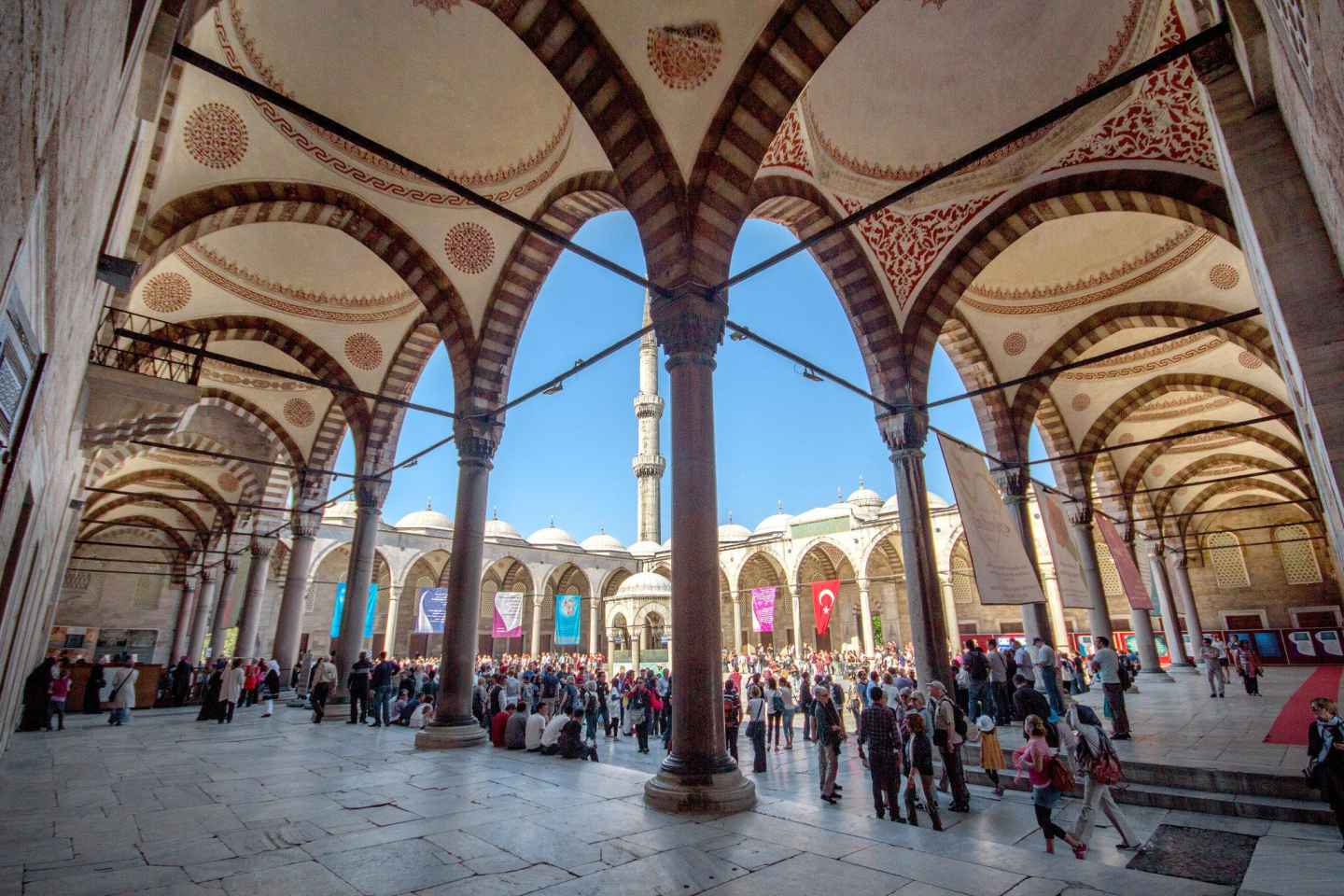Completed in the 6th century on the orders of the Byzantine Emperor Justinian I, Hagia Sophia remained the world’s largest cathedral for nearly a millennium until the completion of Seville Cathedral in 1520. Before being converted into a mosque in the 15th century and later into a museum in 1935, Hagia Sophia served as the center of the Eastern Orthodox Church. The Hagia Sophia is among Istanbul’s most popular and iconic historic sites – and for good reason: its massive, transcendent dome is breathtaking and can easily be gazed at for hours. Considered to be an architectural marvel even today, its walls are adorned by Byzantine mosaics featuring feature portraits of bygone emperors and representations of Christ. The are two runic inscriptions engraved into the marble parapets on the top floor gallery, thought to have been graffitied there by the personal bodyguards of the Byzantine Emperors during the Viking Age.


